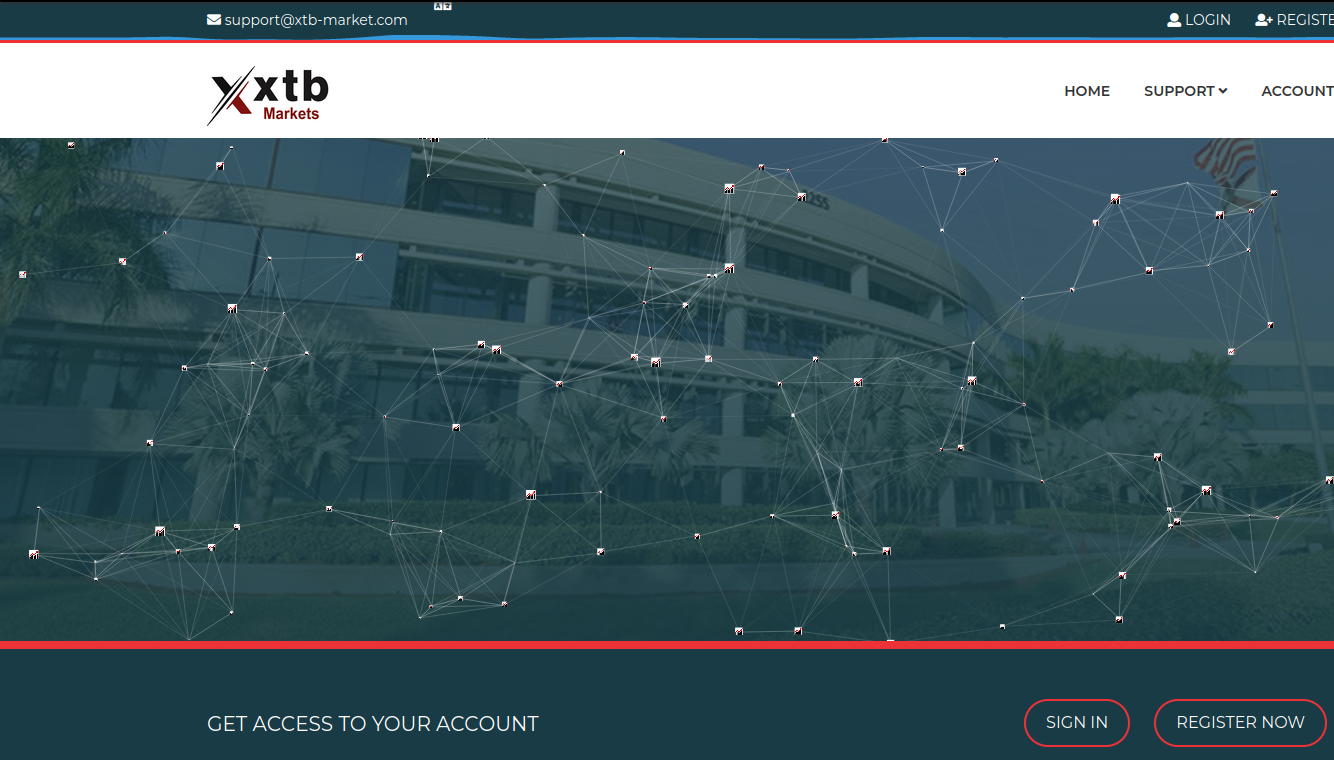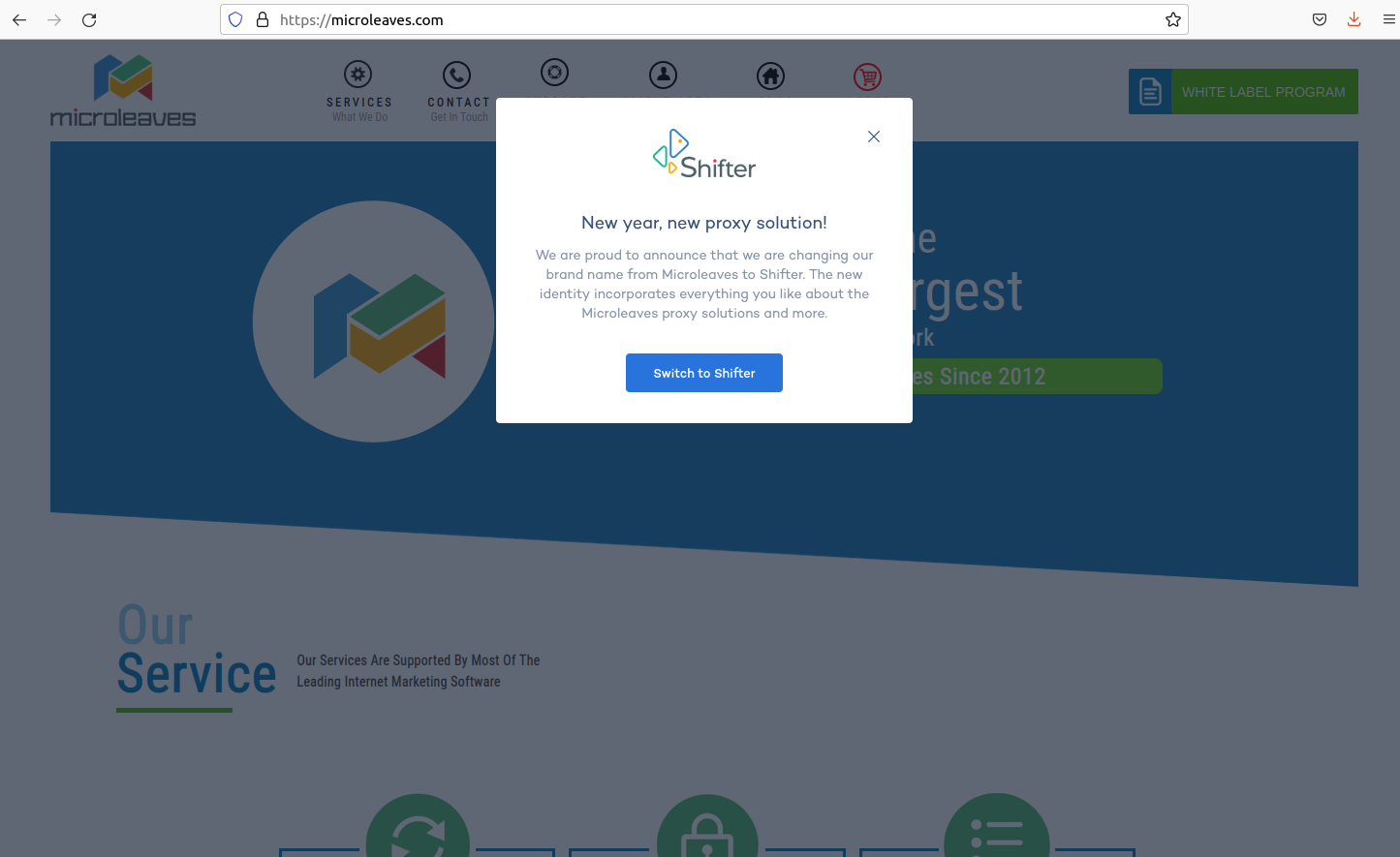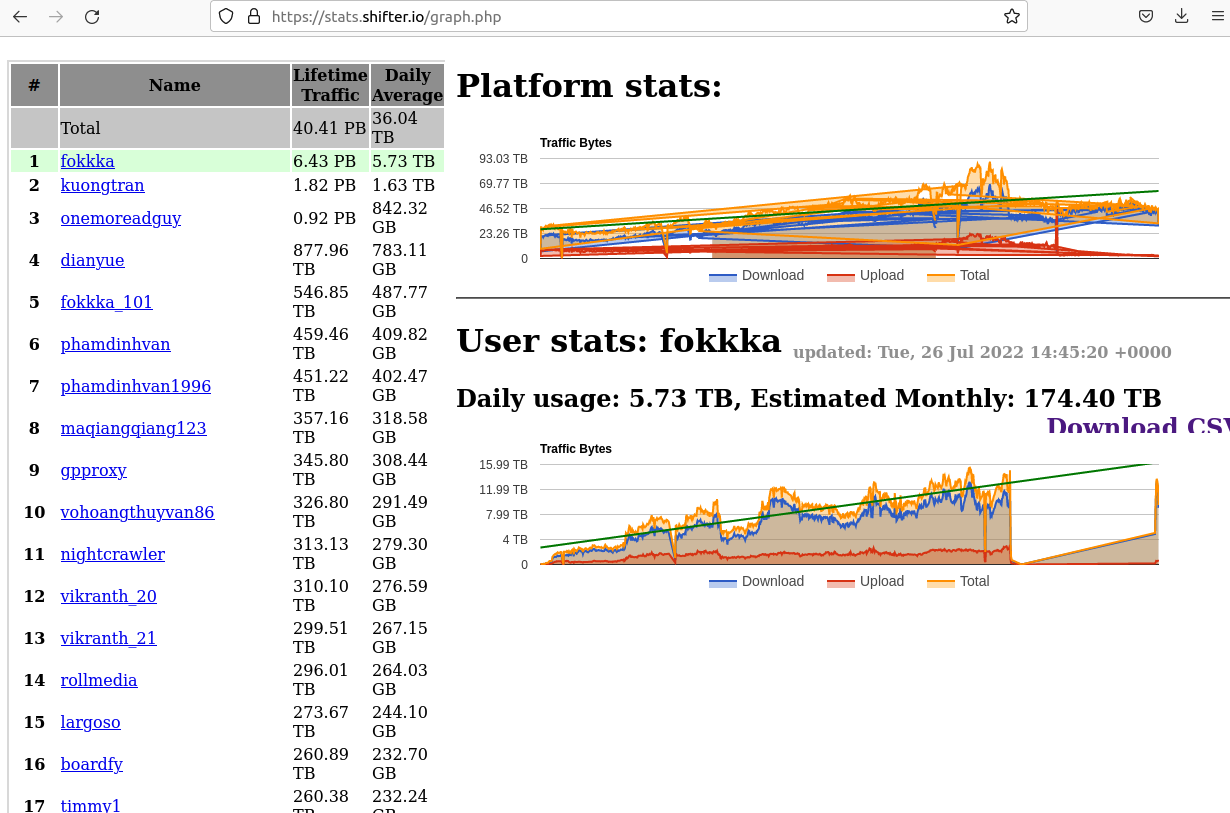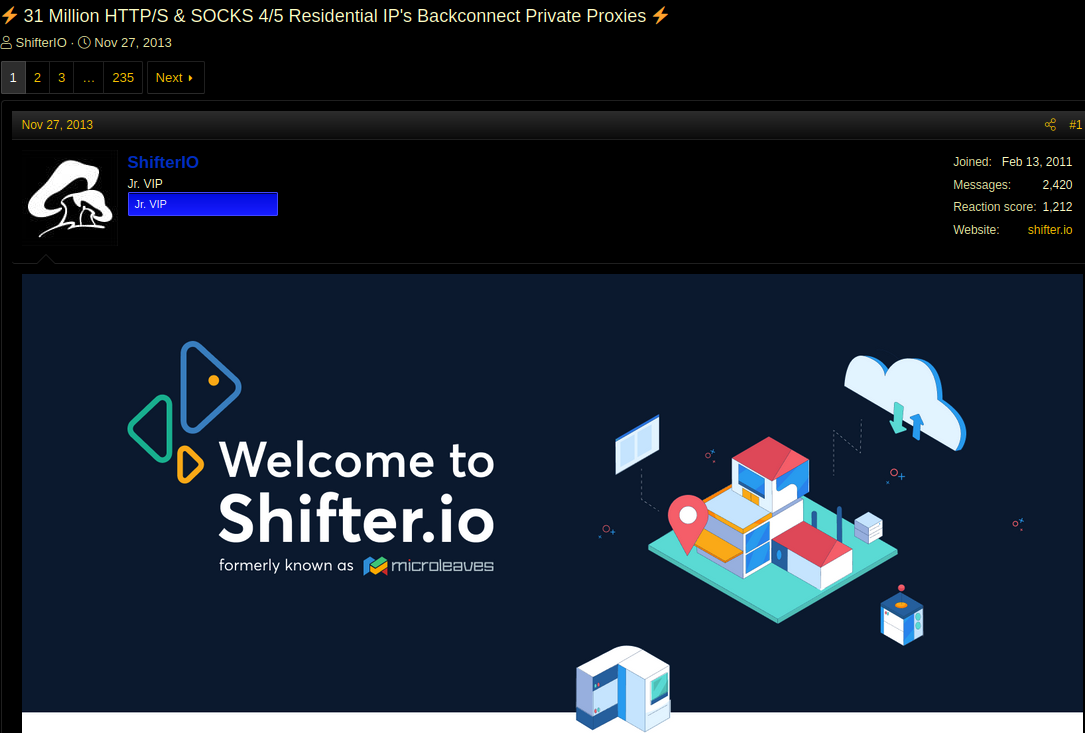U.S. state and federal investigators are being inundated with reports from people who’ve lost hundreds of thousands or millions of dollars in connection with a complex investment scam known as “pig butchering,” wherein people are lured by flirtatious strangers online into investing in cryptocurrency trading platforms that eventually seize any funds when victims try to cash out.

The term “pig butchering” refers to a time-tested, heavily scripted, and human-intensive process of using fake profiles on dating apps and social media to lure people into investing in elaborate scams. In a more visceral sense, pig butchering means fattening up a prey before the slaughter.
“The fraud is named for the way scammers feed their victims with promises of romance and riches before cutting them off and taking all their money,” the Federal Bureau of Investigation (FBI) warned in April 2022. “It’s run by a fraud ring of cryptocurrency scammers who mine dating apps and other social media for victims and the scam is becoming alarmingly popular.”
As documented in a series of investigative reports published over the past year across Asia, the people creating these phony profiles are largely men and women from China and neighboring countries who have been kidnapped and trafficked to places like Cambodia, where they are forced to scam complete strangers over the Internet — day after day.
The most prevalent pig butchering scam today involves sophisticated cryptocurrency investment platforms, where investors invariably see fantastic returns on their deposits — until they try to withdraw the funds. At that point, investors are told they owe huge tax bills. But even those who pay the phony levies never see their money again.
The come-ons for these scams are prevalent on dating sites and apps, but they also frequently start with what appears to be a wayward SMS — such as an instant message about an Uber ride that never showed. Or a reminder from a complete stranger about a planned meetup for coffee. In many ways, the content of the message is irrelevant; the initial goal to simply to get the recipient curious enough to respond in some way.
Those who respond are asked to continue the conversation via WhatsApp, where an attractive, friendly profile of the opposite gender will work through a pre-set script that is tailored to their prey’s apparent socioeconomic situation. For example, a divorced, professional female who responds to these scams will be handled with one profile type and script, while other scripts are available to groom a widower, a young professional, or a single mom.
‘LIKE NOTHING I’VE SEEN BEFORE’
That’s according to Erin West, deputy district attorney for Santa Clara County in Northern California. West said her office has been fielding a large number of pig butchering inquiries from her state, but also from law enforcement entities around the country that are ill-equipped to investigate such fraud.
“The people forced to perpetrate these scams have a guide and a script, where if your victim is divorced say this, or a single mom say this,” West said. “The scale of this is so massive. It’s a major problem with no easy answers, but also with victim volumes I’ve never seen before. With victims who are really losing their minds and in some cases are suicidal.”
West is a key member of REACT, a task force set up to tackle especially complex forms of cyber theft involving virtual currencies. West said the initial complaints from pig butchering victims came early this year.
“I first thought they were one-off cases, and then I realized we were getting these daily,” West said. “A lot of them are being reported to local agencies that don’t know what to do with them, so the cases languish.”
West said pig butchering victims are often quite sophisticated and educated people.
“One woman was a university professor who lost her husband to COVID, got lonely and was chatting online, and eventually ended up giving away her retirement,” West recalled of a recent case. “There are just horrifying stories that run the gamut in terms of victims, from young women early in their careers, to senior citizens and even to people working in the financial services industry.”
In some cases reported to REACT, the victims said they spent days or weeks corresponding with the phony WhatsApp persona before the conversation shifted to investing.
“They’ll say ‘Hey, this is the food I’m eating tonight’ and the picture they share will show a pretty setting with a glass of wine, where they’re showcasing an enviable lifestyle but not really mentioning anything about how they achieved that,” West said. “And then later, maybe a few hours or days into the conversation, they’ll say, ‘You know I made some money recently investing in crypto,’ kind of sliding into the topic as if this wasn’t what they were doing the whole time.”
Curious investors are directed toward elaborate and official-looking online crypto platforms that appear to have thousands of active investors. Many of these platforms include extensive study materials and tutorials on cryptocurrency investing. New users are strongly encouraged to team up with more seasoned investors on the platform, and to make only small investments that they can afford to lose.

The now-defunct homepage of xtb-market[.]com, a scam cryptocurrency platform tied to a pig butchering scheme.
“They’re able to see some value increase, and maybe even be allowed to take out that value increase so that they feel comfortable about the situation,” West said. Some investors then need little encouragement to deposit additional funds, which usually generate increasingly higher “returns.”
West said many crypto trading platforms associated with pig butchering scams appear to have been designed much like a video game, where investor hype is built around upcoming “trading opportunities” that hint at even more fantastic earnings.
“There are bonus levels and VIP levels, and they’ll build hype and a sense of frenzy into the trading,” West said. “There are definitely some psychological mechanisms at work to encourage people to invest more.”
“What’s so devastating about many of the victims is they lose that sense of who they are,” she continued. “They thought they were a savvy, sophisticated person, someone who’s sort of immune to scams. I think the large scale of the trickery and psychological manipulation being used here can’t be understated. It’s like nothing I’ve seen before.”
A $5,000,000 LOSS
Courtney Nolan, a divorced mother of three daughters, says she lost more than $5 million to a pig butchering scam. Nolan lives in St. Louis and has a background in investment finance, but only started investing in cryptocurrencies in the past year.
Nolan’s case may be especially bad because she was already interested in crypto investing when the scammer reached out. At the time, Bitcoin was trading at or near all-time highs of nearly $68,000 per coin.
Nolan said her nightmare began in late 2021 with a Twitter direct message from someone who was following many of the same cryptocurrency influencers she followed. Her fellow crypto enthusiast then suggested they continue their discussion on WhatsApp. After much back and forth about his trading strategies, her new friend agreed to mentor her on how to make reliable profits using the crypto trading platform xtb.com.
“I had dabbled in leveraged trading before, but his mentor program gave me over 100 pages of study materials and agreed to walk me through their investment strategies over the course of a year,” Nolan told KrebsOnSecurity.
Nolan’s mentor had her create an account website xtb-market[.]com, which was made to be confusingly similar to XTB’s official platform. The site promoted several different investment packages, including a “starter plan” that involves a $5,250 up-front investment and promises more than 15 percent return across four separate trading bursts.
Platinum plans on xtb-market promised a whopping 45 percent ROI, with a minimum investment of $265,000. The site also offered a generous seven percent commission for referrals, which encouraged new investors to recruit others.

The now-defunct xtb-market[.]com.
While chatting via WhatsApp, Nolan and her mentor would trade side by side in xtb-market, initially with small investments ranging from $500 to $5,000. When those generated hefty returns, Nolan made bigger deposits. On several occasions she was able to withdraw amounts ranging from $10,000 to $30,000.
But after investing more than $4.5 million of her own money over nearly four months, Nolan found her account was suddenly frozen. She was then issued a tax statement saying she owed nearly $500,000 in taxes before she could reactivate her account or access her funds.
Nolan said it seems obvious in hindsight that she should never have paid the tax bill. Because xtb-market and her mentor cut all communications with her after that, and the entire website disappeared just a few weeks later.
Justin Maile, an investigation partner manager at Chainalysis, told Vice News that the tax portion of the pig butchering scam relies on the “sunk costs fallacy,” when people are reluctant to abandon a failing strategy or course of action because they have already invested heavily in it.
“Once the victim starts getting skeptical or tries to withdraw their funds, they are often told that they have to pay tax on the gains before funds can be unlocked,” Maile told Vice News. “The scammers will try to get any last payments out of the victims by exploiting the sunk cost fallacy and dangling huge profits in front of them.”
Vice recently published an in-depth report on pig butchering’s link to organized crime gangs in Asia that lure young job seekers with the promise of customer service jobs in call centers. Instead, those who show up at the appointed place and time are taken on long car rides and/or forced hikes across the borders into Cambodia, where they are pressed into indentured servitude.
Vice found many of the people forced to work in pig-butchering scams are being held in Chinese-owned casinos operating in Cambodia. Many of those casinos were newly built when the Covid pandemic hit. As the new casinos and hotels sat empty, organized crime groups saw an opportunity to use these facilities to generate huge income streams, and many foreign travelers stranded in neighboring countries were eventually trafficked to these scam centers.
Vice reports:
“While figures on the number of people in scam centers in Cambodia is unknown, best estimates pieced together from various sources point to the tens of thousands across scam centers in Sihanoukville, Phnom Penh, and sites in border regions Poipet and Bavet. In April, Thailand’s assistant national police commissioner said 800 Thai citizens had been rescued from scam centers in Cambodia in recent months, with a further 1,000 citizens still trapped across the country. One Vietnamese worker estimated 300 of his compatriots were held on just one floor in a tall office block hosting scam operations.”
“…within Victory Paradise Resort alone there were 7,000 people, the majority from mainland China, but also Indonesians, Singaporeans and Filipinos. According to the Khmer Times, one 10-building complex of high-rises in Sihanoukville, known as The China Project, holds between 8,000 to 10,000 people participating in various scams—a workforce that would generate profits around the $1 billion mark each year at $300 per worker per day.”
THE KILLING FLOOR
REACTs’ West said while there are a large number of pig butchering victims reporting their victimization to the FBI, very few are receiving anything more than instructions about filing a complaint with the FBI’s Internet Crime Complaint Center (IC3), which keeps track of cybercrime losses and victims.
“There’s a huge gap in victims that are seeing any kind of service at all, where they’re reporting to the FBI but not being able to talk to anyone,” she said. “They’re filling out the IC3 form and never hearing back. It sort of feels like the federal government is ignoring this, so people are going to local agencies, which are sending these victims our way.”
For many younger victims of pig butchering, even losses of a few thousand dollars can be financially devastating. KrebsOnSecurity recently heard from two different readers who said they were in their 20s and lost more than $40,000 each when the investment platforms they were trading on vanished with their money.
The FBI can often bundle numerous IC3 complaints involving the same assailants and victims into a single case for federal prosecutors to pursue the guilty, and/or try to recapture what was stolen. In general, however, victims of crypto crimes rarely see that money again, or if they do it can take many years.
“The next piece is what can we actually do with these cases,” West said. “We used to frame success as getting bad people behind bars, but these cases leave us as law enforcement with not a lot of opportunity there.”
West said the good news is U.S. authorities are seeing some success in freezing cryptocurrency wallets suspected of being tied to large-scale cybercriminal operations. Indeed, Nolan told KrebsOnSecurity that her losses were substantial enough to warrant an official investigation by the FBI, which she says has since taken steps to freeze at least some of the assets tied to xtb-market[.]com.
Likewise, West said she was recently able to freeze cryptocurrency funds stolen from some pig butchering victims, and now REACT is focusing on helping state and local authorities learn how to do the same.
“It’s important to be able to mobilize quickly and know how to freeze and seize crypto and get it back to its rightful owner,” West said. “We definitely have made seizures in cases involving pig butchering, but we haven’t gotten that back to the rightful owners yet.”
In April, the FBI warned Internet users to be on guard against pig butchering scams, which it said attracts victims with “promises of romance and riches” before duping them out of their money. The IC3 said it received more than 4,300 complaints related to crypto-romance scams, resulting in losses of more than $429 million.
Here are some common elements of a pig butchering scam:
–Dating apps: Pig-butchering attempts are common on dating apps, but they can begin with almost any type of communication, including SMS text messages.
–WhatsApp: In virtually all documented cases of pig butchering, the target is moved fairly quickly into chatting with the scammer via WhatsApp.
–No video: The scammers will come up with all kinds of excuses not to do a video call. But they will always refuse.
–Investment chit-chat: Your contact (eventually) claims to have inside knowledge about the cryptocurrency market and can help you make money.
The FBI’s tips on avoiding crypto scams:
-Never send money, trade, or invest based on the advice of someone you have only met online.
-Don’t talk about your current financial status to unknown and untrusted people.
-Don’t provide your banking information, Social Security Number, copies of your identification or passport, or any other sensitive information to anyone online or to a site you do not know is legitimate.
-If an online investment or trading site is promoting unbelievable profits, it is most likely that—unbelievable.
-Be cautious of individuals who claim to have exclusive investment opportunities and urge you to act fast.
for information on DPRK-linked malicious #cyber activity & #cyberthreat actors.




















 “My team is like family,” said Mary. “I feel so valued, and I know I am making an impact. My managers and my teammates acknowledge my effort, and that is very important. We are completely empowered to do our jobs and to me, that’s everything.”
“My team is like family,” said Mary. “I feel so valued, and I know I am making an impact. My managers and my teammates acknowledge my effort, and that is very important. We are completely empowered to do our jobs and to me, that’s everything.” “The company is growing fast, and there’s a huge opportunity for everyone to make an impact,” said Ronnie. “Our culture is so supportive, and it’s by far the most remote-friendly organization I’ve ever worked for.”
“The company is growing fast, and there’s a huge opportunity for everyone to make an impact,” said Ronnie. “Our culture is so supportive, and it’s by far the most remote-friendly organization I’ve ever worked for.” “My manager is very respectful of my time, which I really appreciate,” said Meriya. “When my daughter gets home, I rarely need to open my laptop. That time is all about her.”
“My manager is very respectful of my time, which I really appreciate,” said Meriya. “When my daughter gets home, I rarely need to open my laptop. That time is all about her.”






